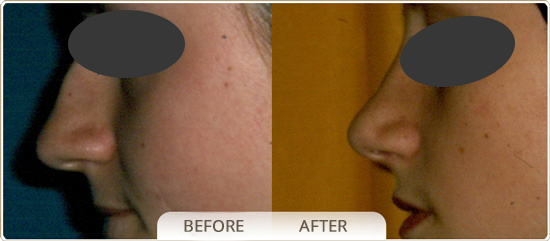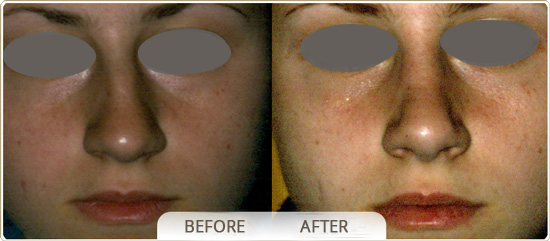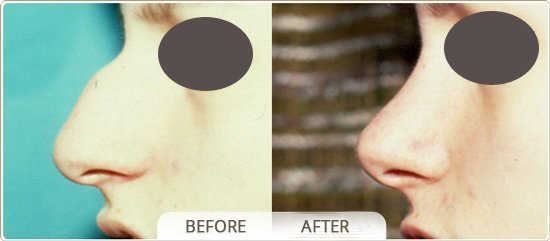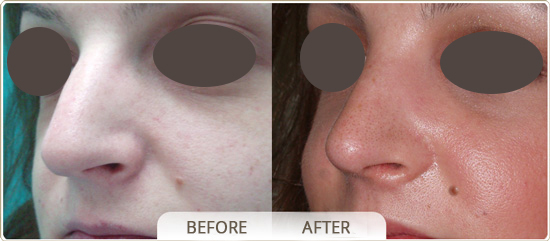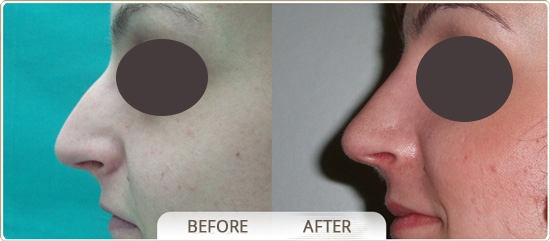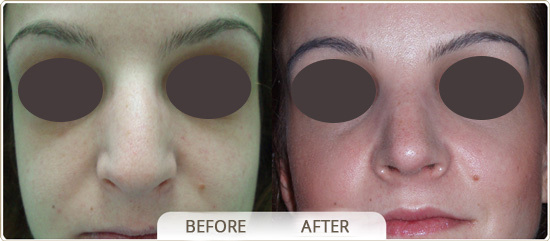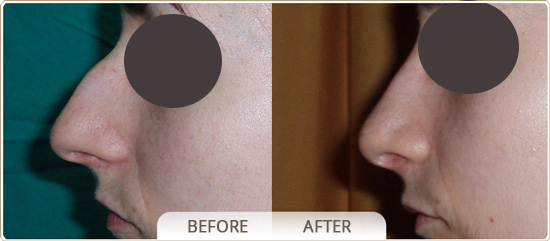RHINOPLASTY
Rhinoplasty is one of the most common surgery procedures performed and it is usually recommended that patients wait until they are at least 18, and possibly older before undergoing rhinoplasty. This is because the nose may not be fully developed at a younger age.
Depending on the nasal defect or deformity to be corrected, the elements of the nasal skeleton (bones and cartilages that form the framework of your nose) are modeled internally and the skin then covers over the new shaped nose.
Postoperative edema (swelling) is normal, which gradually subsides. Thick skin usually holds edema and swelling longer than thin skin. The thinner the nasal skin is, the sooner the final result will be seen.
Your rhinoplasty may be performed in a one day admission in a clinic with general anesthesia. The patient leaves the clinic with a nasal plaster splint placed for nasal skeleton protection and there is a swelling and bruising around the eyes. In approximately one week the splint will be removed and the majority of the swelling and bruising will have subsided. Some minor swelling may persist. Wearing light makeup will allow you to resume normal activities.
